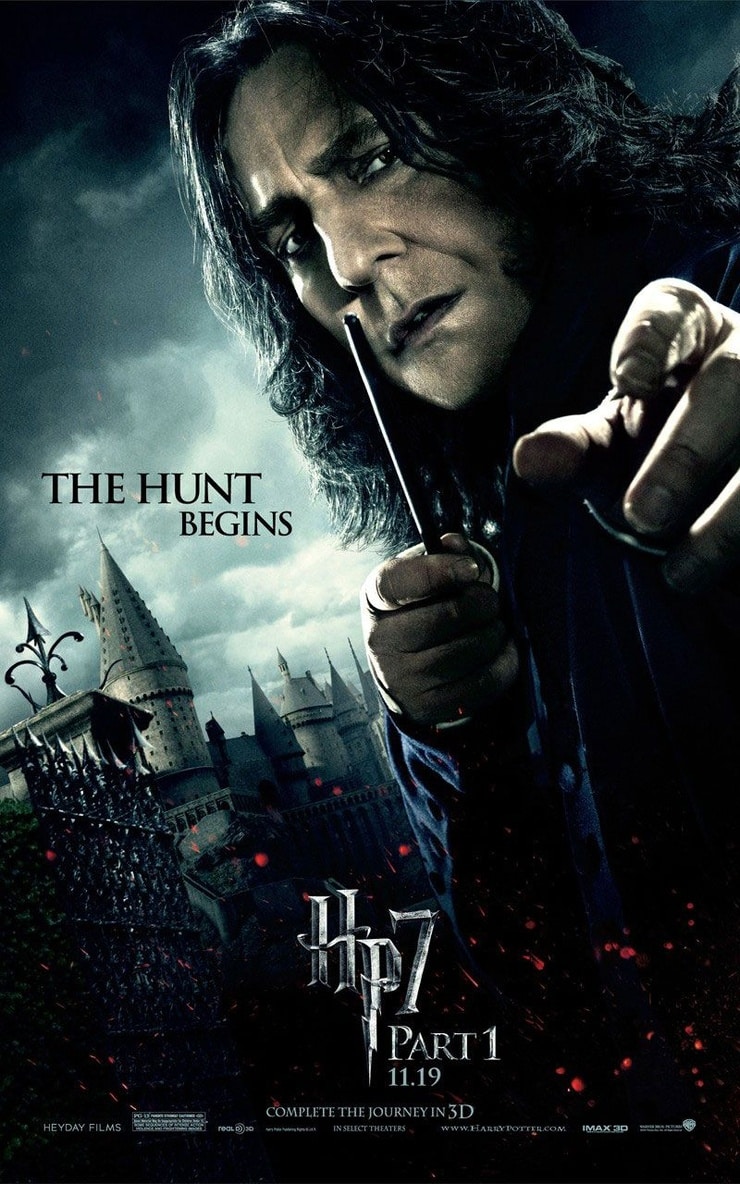

The composer is fully aware of the whole point of using a theme throughout the movie. And then we get another theme - a happier one - in “Polyjuice Potion”.Ĭlearly you can see why I enjoyed this soundtrack.

Immediately after “Obliviate”, we get the four-note theme again, but this time descending instead of ascending, indicating that evil is afoot - and, I mean, it’s “Snape to Malfoy Manor”, so, yeah.

The two themes are clearly heard throughout the film.

It contains two themes: the four-note theme of the film (heard in almost every track in some form) along with a more-sweeping eight-note extension of same. The score begins with “Obliviate”, a perfect musical backdrop to the beginning of the film, especially when Hermione casts the spell. (Lots of separation there, I know.) This one focuses on Harry Potter and the Deathly Hallows: Part 1. Because there are two separate films, I’ve separated the review into two separate articles. The studio hired Desplat to score the final two films - a good idea, given that they’re really just one four-and-a-half-hour movie with a little extra exposition in the middle - and he created. Instead, we got Alexandre Desplat, well-known in France for many films with French names, and in America for The Golden Compass, The King’s Speech, and, for some reason New Moon. Uematsu, you may know, is the composer of the Final Fantasy series of video games, and if you’ve heard his work, you know he’s perfectly capable of doing an entire film. Keen-eyed Facebook users may vaguely remember a group created shortly after Half-Blood Prince called Draft Nobuo Uematsu to Score Harry Potter and the Deathly Hallows. You may wish to refer to the previous entries in the series for more information. This is the eighth article in a ten-part retrospective of the Harry Potter soundtracks.


 0 kommentar(er)
0 kommentar(er)
